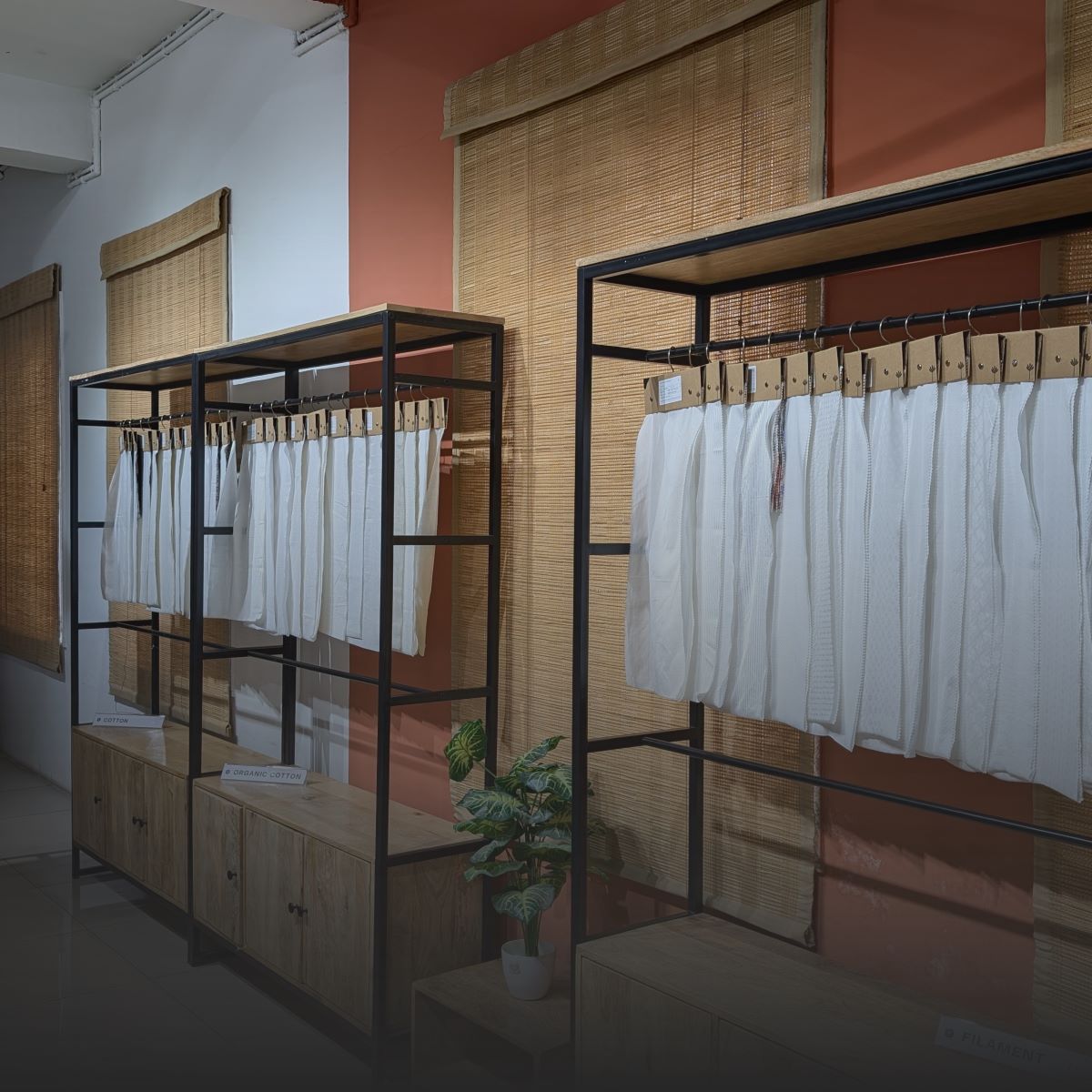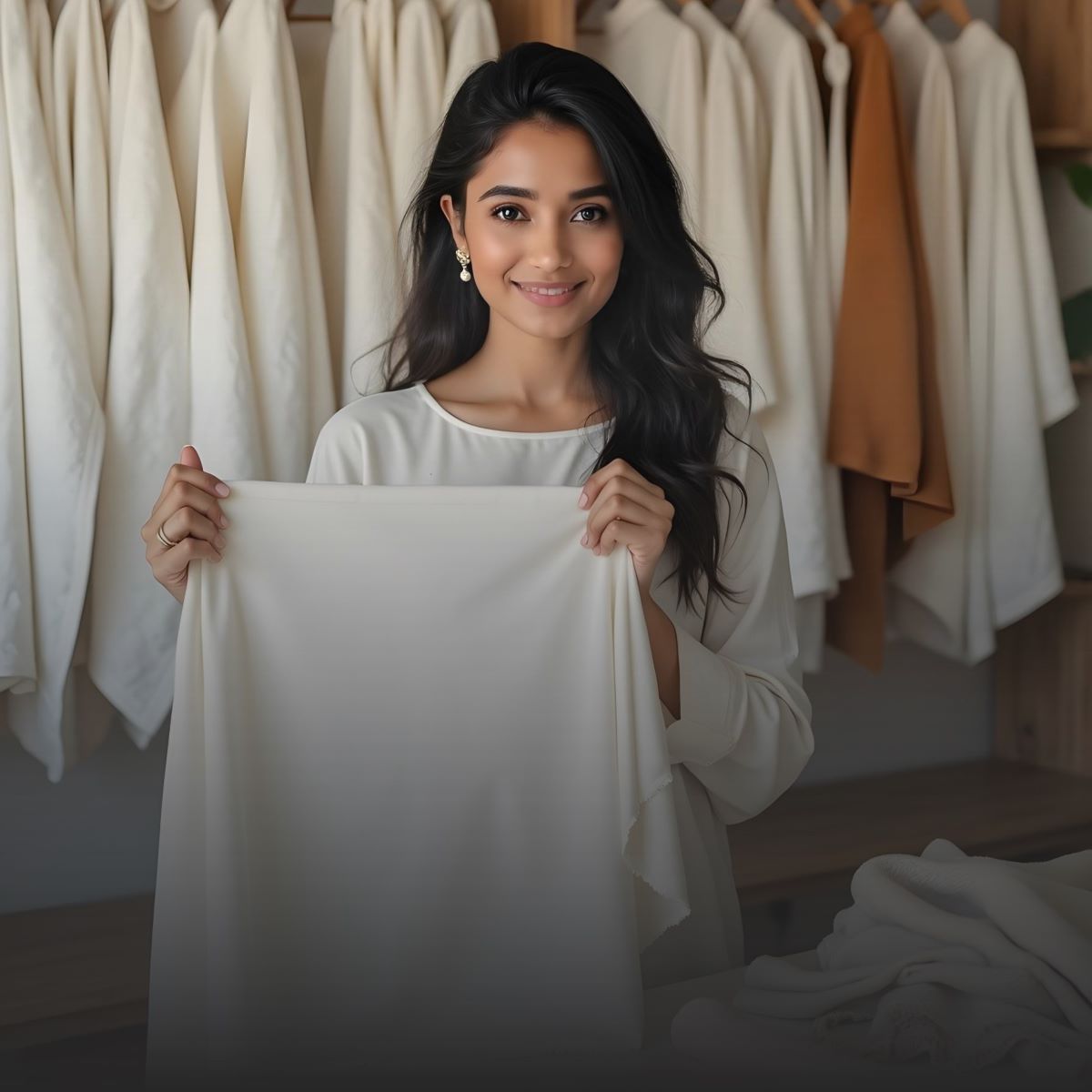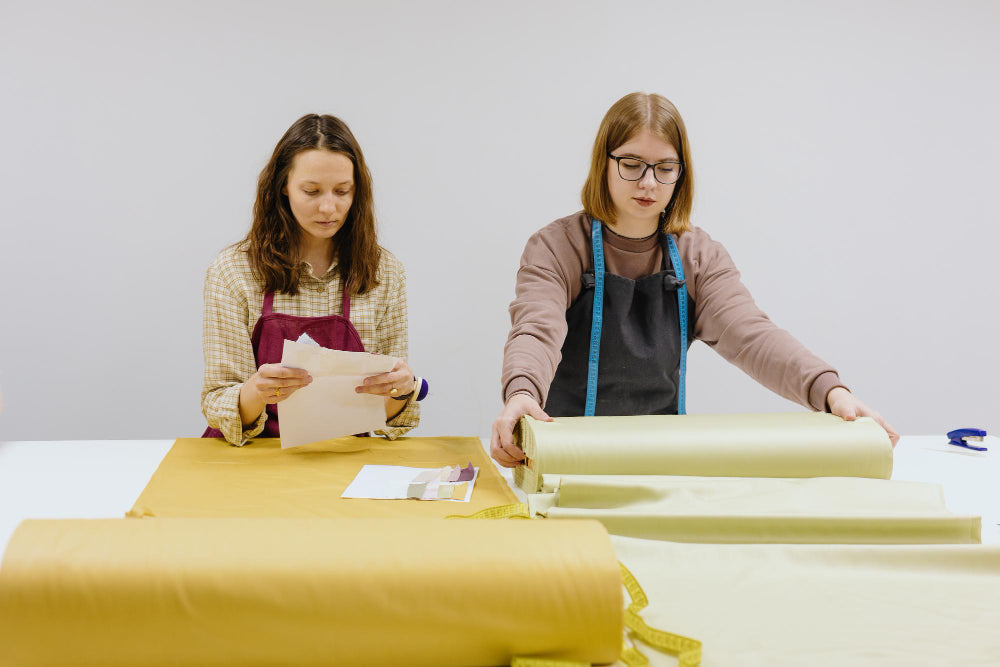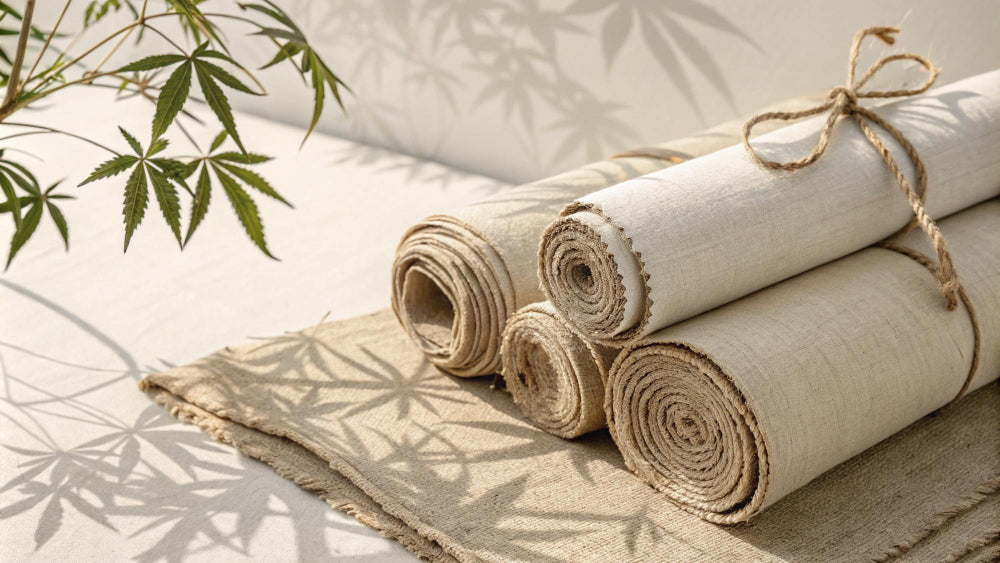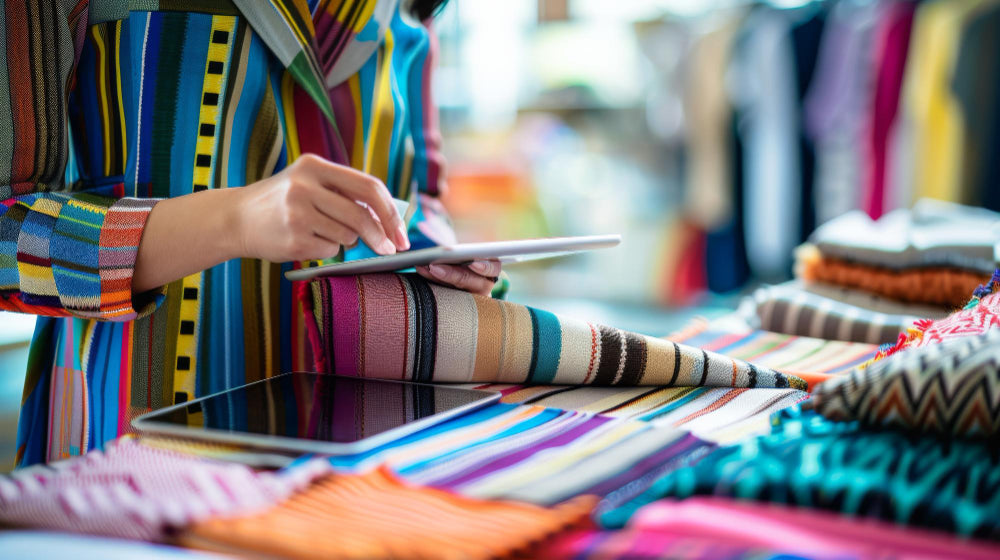The fabric you choose is the starting point of every product. If it feels right but fails in use, the entire effort goes to waste and weakness in structure or color is often hidden at first. It shows up only after use, causing delays, rework or customer returns.
When fabric goes untested, the problems do not appear until the garment is made or worn. A collection can lose value quickly if seams stretch, colors bleed or surface texture breaks down. These risks increase when bulk orders begin without a testing step.
Quality testing provides early clarity. It helps you decide which fabric performs well and which one puts your product at risk.
Here is what fabric testing can help you avoid:
- Shrinkage that affects fit or length
- Fading that changes the design’s appearance
- Weak weave that tears during use
- Uneven stretch that ruins structure
- Pilling or surface wear that lowers appeal
Testing allows you to check the material under real conditions. It brings peace of mind before cutting begins. You work with data, not guesses.
This prepares your design for wear, wash and time. In the next section, we look at the exact types of fabric tests used by reliable suppliers.
Also Read: Who Provides Fabric Quality Inspection and Testing for Manufacturers?
What Fabric Testing Reveals About Strength and Quality

Fabric testing helps you understand how a material will perform during wear, care and production. It goes beyond appearance to reveal strengths and weaknesses. Some fabrics stretch too much and others shrink or fade. Testing shows these reactions early before large orders or garment construction begins.
This step supports better sourcing and stronger product development. It also reduces the risk of rework or product returns caused by poor fabric behavior.
Common testing methods include:
|
Test Name |
Purpose |
|
Shrinkage |
Measures how fabric responds to washing or heat |
|
Tensile Strength |
Shows how well fabric holds under pull or tension |
|
Tear Resistance |
Reveals how easily fabric rips when stressed |
|
Colorfastness |
Checks dye stability through rubbing or washing |
|
Pilling |
Identifies if the surface develops fuzz or bobbles over time |
|
Stretch and Recovery |
Tests how fabric holds its shape after being pulled |
|
Seam Strength |
Measures how fabric supports stitching under pressure |
These results help you match each fabric to the right use. With testing, your design holds up better during wear and production. Next, we move to suppliers who provide this testing and help you stay ahead of quality concerns.
How Fabric Testing Supports Fashion Brands and Manufacturers

Every clothing line depends on fabric performance. If the fabric fades early or stretches out of shape, it leads to complaints, returns and lost trust. The testing fabric helps avoid that. It checks how the fabric will behave in the real world before you invest in production.
Quality testing also helps when you export. Buyers in other countries often ask for test reports before they accept your product. Having verified test results builds your credibility and speeds up approvals.
Testing supports brands in key ways:
- Reduces the risk of defects after production
- Helps meet compliance for international buyers
- Improves consistency across batches
- Cuts losses caused by rework or returned orders
- Speeds up sourcing decisions with clear data
For direct-to-consumer labels and small batch makers, early testing supports smart choices. You get to work with confidence, knowing what your fabric can handle.
When you test first, you avoid surprises later. The next section helps you pick the right partner for testing.
What to Look for in a Fabric Quality Testing Partner

Choosing a fabric testing company is a key part of your sourcing process. It helps you avoid costly errors, missed buyer standards and delays in production. But not every lab gives you the same value. Some only test and send results. Others guide you through the findings and offer better clarity.
A good testing partner should understand how fashion businesses work. Whether you are running a D2C label or managing bulk orders for global buyers, your lab must handle details with care and speed.
Here are the core things to check before you decide:
- The company should hold valid certifications like ISO or NABL
- Reports must be clear and cover results in plain terms
- Turnaround time should match your production needs
- Staff must help interpret results when needed
- Sample care should be part of their process from day one
These basics shape your workflow. When the reports are clear and the lab supports your goals, you make better choices faster. In the next section, we cover some trusted companies that offer these services across different regions.
Top Companies Offering Fabric Quality Testing Services
Fabric testing often requires third-party labs with precise tools and textile knowledge. Several trusted companies offer global coverage, certified processes and specialized services for fashion brands and fabric suppliers.
Below are a few well-known options:
Fabriclore
Fabriclore offers an advantage by pre-sourcing fabrics that already meet key quality benchmarks. Its in-house process filters fabrics based on construction, sourcing origin and visual standards before they reach the buyer.
- Offers sourcing support with spec transparency
- Helps reduce fabric rejection at the sampling stage
- Works well for brands that prefer low testing overhead
This approach helps small to mid-size labels avoid delays and testing backlogs.
Intertek
Known globally, Intertek offers textile testing services that include physical strength, colorfastness, chemical analysis and performance testing. They also help brands meet international compliance standards.
SGS
SGS supports both raw material and finished garment testing. They offer custom reports based on export market needs, including EU REACH and US CPSIA regulations.
Bureau Veritas
Bureau Veritas provides full lifecycle fabric testing, from fiber identification to flammability. Their global network covers both small sample runs and mass production audits.
TUV SUD / Texanlab
Texanlab (part of TUV SUD) works specifically with fashion and textile clients in India. They help analyze fabric durability, sustainability markers and functional finishes like antibacterial or wrinkle-free treatments.
Next, let’s look at how Fabriclore specifically integrates fabric testing into its fabric sourcing structure.
Why Fabriclore Supports Brands with Pre-Tested Fabrics and Transparent Specs

Fabriclore takes fabric quality seriously, not as an afterthought but as a part of the supply chain itself. It does not treat testing as a separate service; it builds testing into every sourcing step.
When you choose Fabriclore, you get more than sourcing. You get fabrics that are already inspected and ready for production.
Fabriclore’s approach includes:
- In-house inspection for shrinkage, colorfastness and 20+ defect types
- Clear and verifiable specs on yarn count, weave type and fiber content
- Dyeing and printing processes that follow internal SOPs for consistency
- Certifications (like GOTS, BCI, FSC) available on request
- Tagging options for branded marketing of certified cellulosic blends
The testing process takes place in Fabriclore’s 10,000 sq. ft. facility before shipment. This keeps quality consistent across batches and lowers the need for repeat testing.
This kind of structure is useful for brands that run tight calendars or prefer sourcing fabrics that already meet production standards. It gives buyers peace of mind without needing to manage third-party labs for every order.
Common Fabric Testing Challenges and How to Solve Them

Even with the right lab, fabric testing can bring challenges. Delays, unclear reports or inconsistent results often interrupt timelines. These problems usually come from poor sample handling or lack of textile-specific expertise.
Most of these issues are avoidable. You can reduce mistakes by setting clear expectations, choosing the right testing partner and preparing samples carefully.
Here are common problems and how to manage them:
- Unclear lab results: Always ask for reporting formats before placing a test request. Check if values are benchmarked against relevant industry standards.
- Inconsistent outcomes across batches: Use the same lab and process for all test cycles. Ask if they retain samples to cross-check future queries.
- Improper sample labeling: Mark each swatch with the fabric name, order reference and intended use. This prevents misclassification during analysis.
- Swatch damage during transit: Use waterproof, air-tight packaging. Fold swatches flat without sharp creases or pins.
- Limited textile knowledge: Work with labs that specialize in fashion or garment testing, not general material testing services.
By preparing well and communicating with your lab, you can prevent rework. Next, we will look at when to plan testing within your production timeline for the best results.
When to Get Fabric Tested During Product Development

Fabric testing adds value when done at the right stage. It supports confident decisions and prevents costly mistakes. If skipped or delayed, testing may not reflect how the fabric performs under real production conditions. If done too early, you might test something that will later change in finishing.
Start by aligning your testing plan with key milestones. Ask where quality risks could appear. This helps you time tests when they matter most.
Key points in development where testing makes sense:
- Before placing bulk orders with new suppliers: This step helps confirm the actual count, weave, weight and fiber blend. It avoids surprises after full payment.
- Before dyeing, printing or applying finishes: Testing raw fabric ensures it holds color and shape before processing. You avoid wasting dye or ink on fabric that fails basic checks.
- After any surface process like coating, brushing or enzyme wash: Post-process testing shows how the treatment affects durability, softness or shrinkage.
- When requested by buyers or for compliance: Many export buyers ask for fastness, strength or certification reports. Testing early helps you meet deadlines and avoid shipment holds.
Choosing the right stage reduces delays and keeps your production flow steady. The next section helps you connect testing to long-term growth and better vendor choices.
Final Thoughts on Choosing a Fabric Testing Company
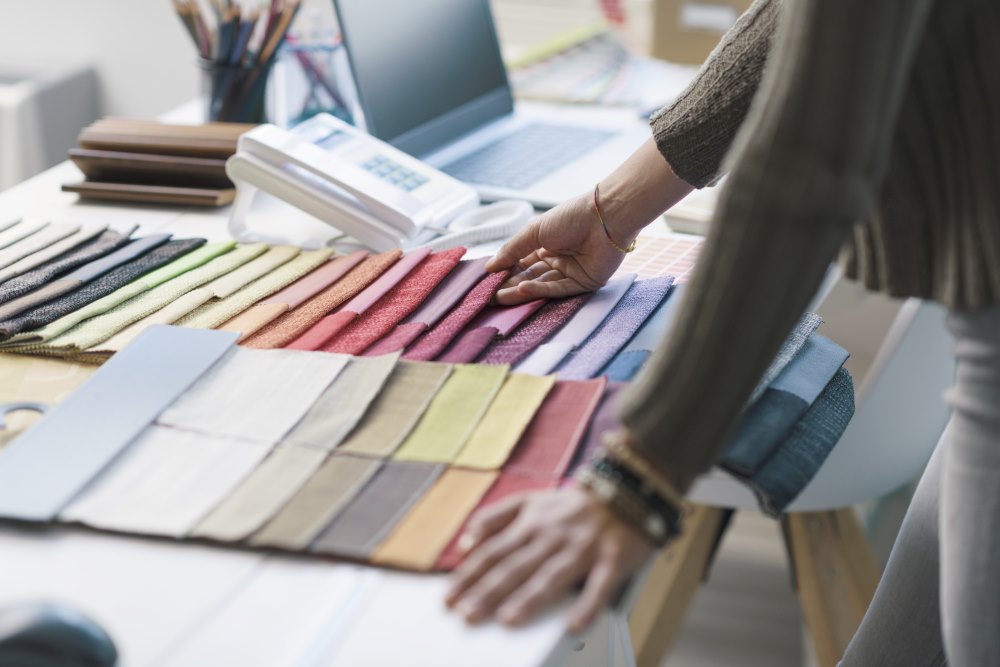
Quality assurance shapes how your product performs once it reaches the customer. A strong fabric testing partner helps you protect that quality from the start. Choosing the right lab is not only about technical capability. It is also about support, speed and clarity.
If your lab is hard to reach or unclear in its reports, decisions take longer. If it lacks fabric experience, results may miss important issues. The right testing partner should help you act, not just react.
Build a selection process that fits your brand’s workflow:
- Make a clear checklist before approaching labs: Include must-have tests, certifications, reporting format and preferred lead time.
- Look for labs that specialize in textiles: Generic labs may not catch fabric-specific faults or may misinterpret results.
- Ask how they handle swatches, labeling and sample retention: This affects how easily you can cross-check results or resolve disputes later.
- Check report format and technical support: A report is only useful if it helps your sourcing or production team make fast decisions.
Fabric testing is not an extra step. It is a filter for better choices and when you use it well, you protect brand value and reduce future costs. In the final section, we will answer common questions about fabric testing and how to get started.
Also Read: Where Can I Find A Platform For In-House Fabric Inspection And Testing Services?
FAQs
How do you test fabric quality?
Fabric quality is tested using both visual checks and lab-based methods. It includes checking for defects, measuring GSM (grams per square meter), assessing weave consistency and performing tests like colorfastness, shrinkage, tensile strength and pilling resistance. Labs use machines to simulate real-world wear and evaluate fabric durability under various conditions.
What is the cost of a fabric test?
The cost of fabric testing depends on the number and type of tests. Basic tests like colorfastness or GSM may start around ₹500–₹1,500 per sample in India. Full compliance testing (e.g., ISO, GOTS, OEKO-TEX) can range between ₹2,000–₹10,000 or more. Bulk testing and repeat clients often get reduced pricing.
Which company is best for fabric?
Fabriclore is known for offering pre-tested, certified fabrics with detailed specs, ideal for fashion businesses. For third-party testing, companies like Intertek, SGS and Bureau Veritas provide global coverage with ISO-compliant processes. Each is suited for different needs based on location, certification and turnaround time.
What is the quality inspection of fabric?
Fabric quality inspection involves reviewing the fabric visually and through tests before it moves to production. It includes checking for weaving defects, color variation, holes and stains and verifying that the fabric meets required specs like GSM, width and composition. Labs may also test for fastness, shrinkage and tensile strength to ensure consistency in performance.
We also happen to be a magnet for suggestions, and would love to catch yours….throw us yours on hello@fabriclore.com
